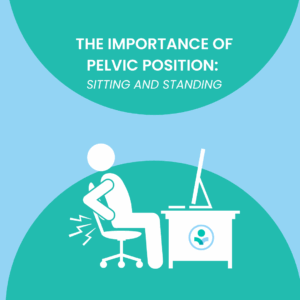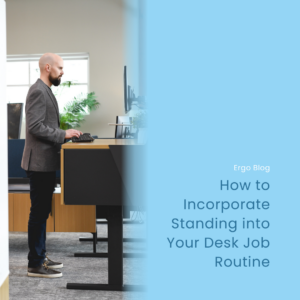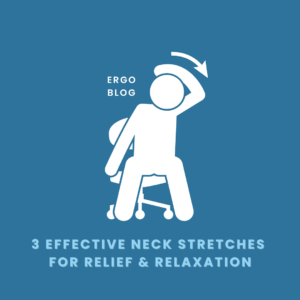Updated: Jul 19, 2024
Cultivating Comfort: Ergonomic Solutions for Home Gardeners
In the lush embrace of nature, home gardeners find solace, joy, and a profound connection to the earth. Yet, amidst the beauty of blooming flowers and thriving vegetables lies the potential for strain and discomfort, especially when gardening tasks require repetitive movements or prolonged periods of bending and kneeling. Fortunately, by incorporating ergonomic principles into their gardening practices, enthusiasts can cultivate not only vibrant gardens but also a healthier, more comfortable gardening experience. In this blog, we’ll explore a range of ergonomic solutions tailored specifically for home gardeners, helping them tend to their green spaces with greater ease and enjoyment.
Understanding Ergonomics in Gardening:
Ergonomics is the science of designing environments and tools to fit the capabilities and limitations of the human body. In the context of gardening, ergonomic solutions aim to minimize strain, reduce the risk of injury, and enhance overall comfort during various tasks, from planting and pruning to weeding and harvesting. By optimizing garden layouts, selecting ergonomic tools, and adopting proper body mechanics, home gardeners can create an environment that nurtures both plants and people.
Ergonomic Solutions for Home Gardeners:
- Garden Layout and Design:
- Accessible Pathways: Ensure pathways between garden beds are wide enough to accommodate wheelbarrows or carts, allowing for easy transport of tools, soil, and harvested produce.
- Raised Beds: Consider installing raised beds or elevated planters to minimize bending and stooping, especially for gardeners with mobility issues or back pain.
- Vertical Gardening: Embrace vertical gardening techniques, such as trellises, hanging baskets, and wall-mounted planters, to maximize space and reduce the need for excessive bending or kneeling.
- Ergonomic Garden Tools:
- Ergonomic Hand Tools: Choose garden tools with ergonomic handles designed to reduce hand and wrist strain. Look for features such as cushioned grips, angled handles, and lightweight construction.
- Long-Handled Tools: Opt for long-handled tools, such as rakes, hoes, and pruners, to minimize bending and reaching when working in larger garden areas or raised beds.
- Wheelbarrows and Garden Carts: Invest in a sturdy wheelbarrow or garden cart with ergonomic handles and pneumatic tires for easy maneuverability and transportation of heavy loads.
- Proper Body Mechanics:
- Bend with Your Knees: When lifting heavy objects or bending down to plant or weed, bend at the knees rather than the waist to reduce strain on your back.
- Alternate Tasks: Avoid prolonged periods of repetitive motion by alternating between different gardening tasks and taking frequent breaks to rest and stretch your muscles.
- Use Proper Posture: Maintain good posture while gardening by keeping your back straight, shoulders relaxed, and core engaged. Avoid twisting your spine when lifting or reaching for objects.
- Garden Seating and Workstations:
- Garden Kneelers and Seats: Invest in a garden kneeler or padded seat with handles to provide support and cushioning during tasks that require kneeling or sitting.
- Workbenches and Potting Tables: Use a raised workbench or potting table to bring tasks to a comfortable height, reducing the need for stooping or bending over.
- Garden Maintenance and Safety:
- Sharp Tools: Keep garden tools sharp and well-maintained to reduce the effort required for cutting, pruning, and digging, minimizing strain on your muscles.
- Sun Protection: Wear appropriate sun protection, including hats, sunscreen, and lightweight clothing, to prevent sunburn and heat-related illnesses during extended periods of outdoor gardening.
By integrating these ergonomic solutions into their gardening routines, home gardeners can cultivate not only thriving landscapes but also a healthier, more enjoyable gardening experience. Whether tending to flower beds, nurturing vegetable gardens, or cultivating indoor plants, embracing ergonomic principles can help gardeners of all ages and abilities create spaces that nourish the body, mind, and soul. So, the next time you step into your garden, remember to cultivate comfort alongside your plants, allowing both to flourish in harmony with nature.
Check out our YouTube video below for a visual representation of the blog!



